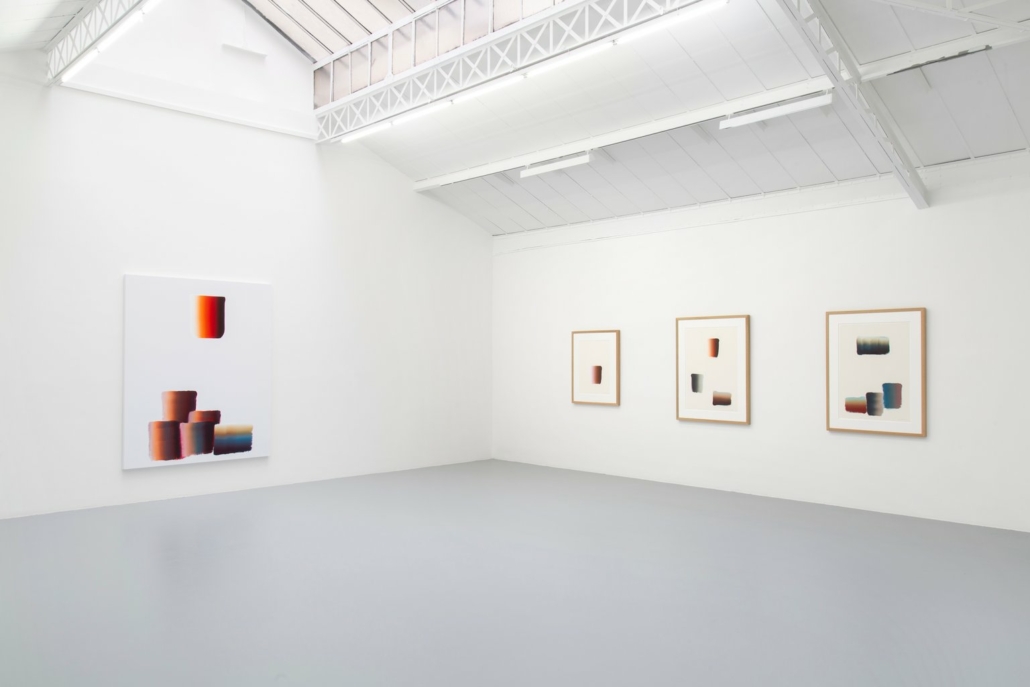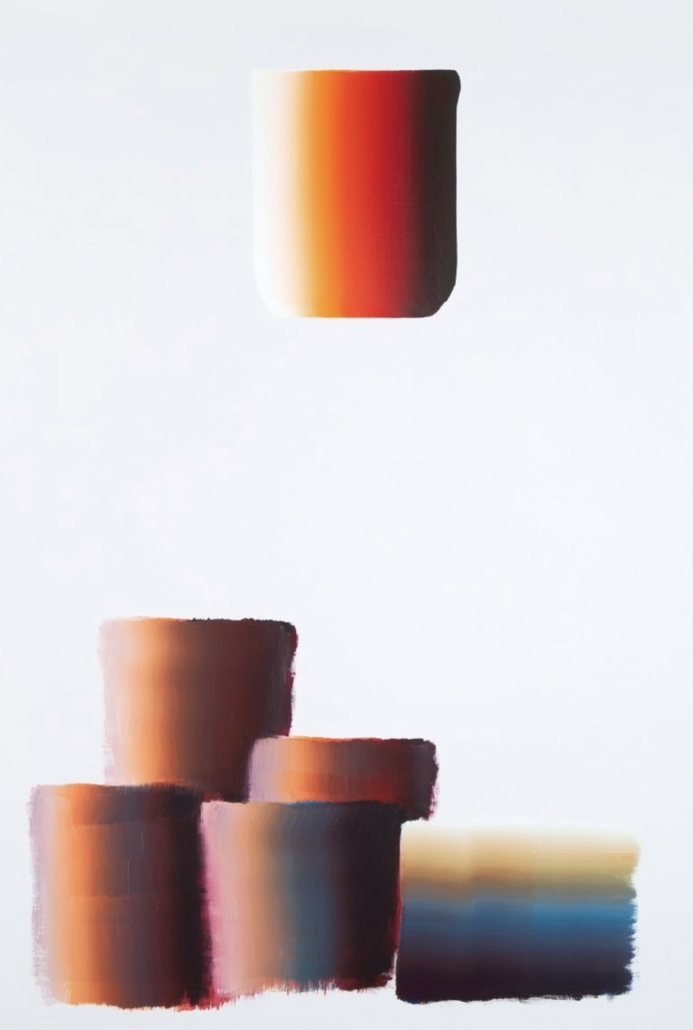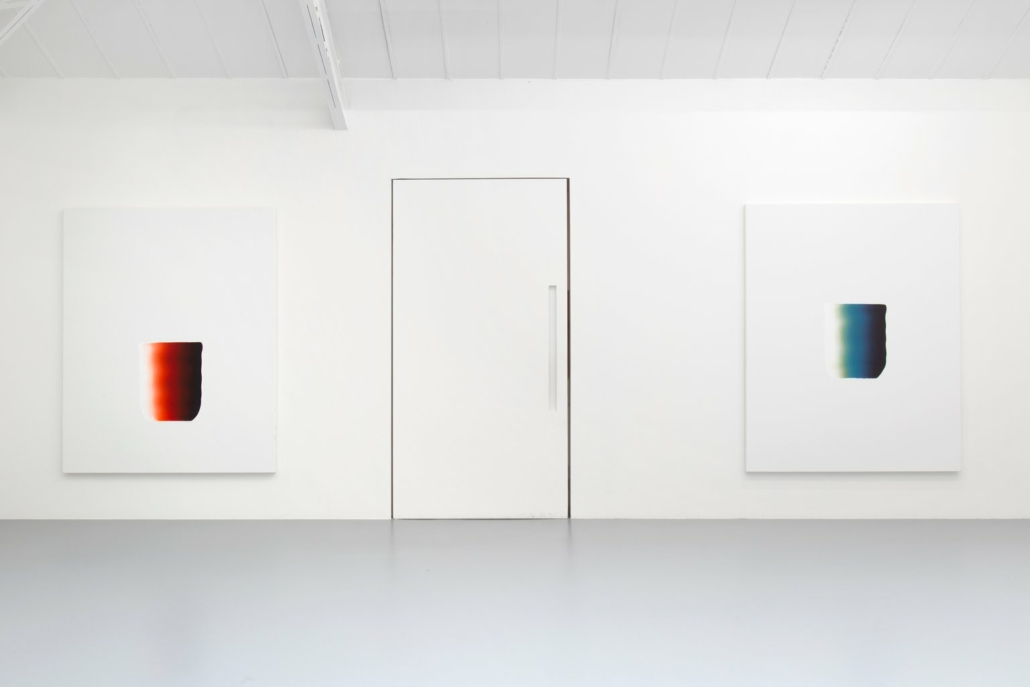Lee Ufan

Lee Ufan has followed his own path for over six decades. The successive fads of his contemporaries hold no interest for him. From his earliest works, certain principles were established and have remained unchanged ever since. In sculpture, these are the simplicity of volumes and the use of few materials, natural or man-made: eroded rocks and sheets of metal or glass. In painting, they are also the simplicity of forms placed and repeated on the canvas, and for a long time, the use of a limited palette. In a world saturated with images of all kinds that inspire mistrust, this restriction of means is to the visual arts what a retreat once was to ordinary life: a deliberate break and the creation of a space for reflection, silence, and contemplation. There is something of the hermit and the poet in him. In his writings, this inner necessity is immediately apparent, as is the breadth of his philosophical references.

These lines could have been written long ago, during the time of the From Point and From Line series, for they are the fundamental characteristics of his work. But, starting with the first Correspondences of 1991-1992, Lee Ufan’s painting changes. While the canvas remains white, the forms become larger and denser. The brushes lay down oblong strokes, sometimes edged with a light foam of paint. They unfold variations of gray from one edge to the other, from the very dark to the almost transparent. Sometimes a single form is placed at the center of the canvas. At other times, there are two, three, or more, distributed across the surface. In this case, their positions relative to one another evoke sensations of space and movement, as in his From Winds and With Winds series, but with different, more restrained pictorial solutions. This is also true of the Dialogue series, whether the painting is on the canvas or on the wall.

The most recent works, many of which are titled Response, are composed in much the same way: one or more separate forms on a white background. But they incorporate color. Just as gray shifted from shadow to pallor, blue or red, in all their intensity at the center of the form, are absorbed by shadow on one edge and by light on the opposite edge. The color then disappears, engulfed by a gradual darkening that almost reaches black and, symmetrically, devoured by an increasingly blinding whiteness. Whether the form is vertical or horizontal, the transition from light to shadow is inexorable. As the eye approaches, it perceives the undulating movements of the brushstrokes, which accentuate the sensation of life. Neither color nor form is stable. Nor is space, for frontality is disrupted by this chromatic phenomenon.

Lee Ufan finds here, once again and in a different way than before, how to inscribe and convey the passage of time. There is the time of the artist, that of pictorial creation and its completion, which leaves its light traces in the movements of color, which are those of the painter’s hand and wrist. There is the time of the one whose gaze follows these vibrant lines along these chromatic shifts and, at that moment, is extracted from the ordinary temporality of daily life, that of our overwhelming present. This moment is one of contemplation that makes life more intensely alive. “The life of a work of art,” the artist wrote in 2012, “is a transcendent sensation. This life woven by the work is deeply embedded in the order and complex principle of repetition that connects it with the universe, with waves and breaths. This is what is beyond me, other, and what belongs to universal life.” “This art is so vibrant that the exhibition reveals some truly surprising, very recent acrylic and watercolor paintings. The forms, with their shifting colors, seem to glide against one another and, at times, merge. Simultaneously, the chromatic palette incorporates previously absent nuances, mineral or marine. Lee Ufan’s works are once again heading in a new direction.”
Philippe Dagen


